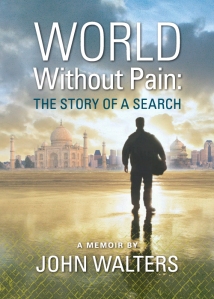As the middle portion of the trilogy The Lord of the Rings, The Two Towers has both strengths and weaknesses. I will touch on the weaknesses first, and before I do I want to emphasize that these stood out to me more with this reading than with previous ones; it is possible that I have reached the stage where enough is enough concerning certain passages of the book. I found this time that in each major section of the book, both the fortunes of the remaining members of the fellowship in the west and the journey of Frodo and Sam to Mordor, there were portions in which as I read I felt impatient, that the descriptions seemed overly detailed and I wished that Tolkien would get on with it. In book three, this was the part where Merry and Pippin are abducted by the Uruk-Hai orcs and carried away toward Isengard. In book four, it is where Frodo and Sam tame Smeagol and follow him through the hills and marshes to the Black Gate. It is not that I do not find these parts fascinating, but rather that I felt that in spots they are too long. I will repeat, though: I do not remember feeling this way during the first fourteen readings, so perhaps the fault is with me and not with Tolkien.
As for strengths in The Two Towers, there are many. I think that in this book one of the most important things that Tolkien does is highlight the nobility of some of the main characters. Aragorn is steadfast in the realization of his calling as an heir to the kingship; he carries the re-forged sword of Elendil with him as a symbol of his destiny. Gimli the dwarf is always strong, stalwart, tireless, courageous, and feisty. Legolas uses his elven talents to full advantage and never wavers from his new-found friendship with Gimli. Gandalf the Grey becomes Gandalf the White, affirming that he is Saruman as he should have been. Once Theoden the king of Rohan is freed from the oppression of Wormtongue his courage and sense of honor is unimpeachable, to the extent that he suggests riding out against the army of orcs at Helm’s Deep rather than cowering behind walls and gates. When Faramir the brother of Boromir encounters Frodo and Sam in Ithilien, he declares that he would not touch the ring or take it to Minas Tirith, and he aids Frodo regardless of the cost to himself. Frodo heavily feels the sense of destiny that has compelled him to carry the ring to Mordor and despite his terror is determined to finish the task. Sam stays always by Frodo’s side; the thought of desertion never enters his mind. The portrayal of these noble characters in The Two Towers brings great depth to this epic fantasy and helps to set up the amazing and satisfying denouement in the final book of the trilogy.
It is a bit confusing at times that Tolkien does not plot his tale chronologically. Instead, he chooses to follow one storyline at length and then break off from that to follow another; this, however, is within the prerogative of the writer, and he leaves hints throughout the narrative to indicate the position of the other characters within it.



































